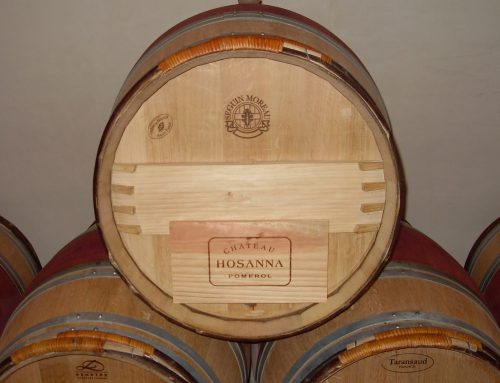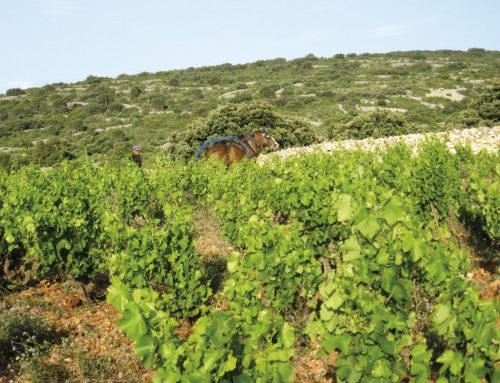Chateau Lagrange’s history is one of grandeur and decline, renewal and respect.
Chateau Lagrange documents its beginning to 1289 when the religious Order of the Temple had a hospital on the property. Over centuries, the land was divided into tenant farms, a chapel and hospital, and a winery and wine cellar.
Wealthy members of Bordeaux society and French noble families traded ownership of Chateau Lagrange, expanding and beautifying it along the way. Beginning in 1796, Count Jean Valere Cabarrus, minister of finance in Spain to Napoleon I, took control of the estate and added land to it, and in 1842 Count Charles Marie Tanneguy Duchatel, home secretary to King Louis-Philippe, assumed ownership and elevated the chateau’s wines and vineyards. But with the onset of financial upheaval in the late 19th century, World I and II, and the Depression, Chateau Lagrange declined and had shrunk from about 700 to 400 acres by the time the Japanese Suntory group purchased it in 1983.
Suntory immediately retained Bordeaux University’s renowned enology professor Emile Peynaud as their consultant. Marcel Ducasse, a former Peynaud student, was hired as the winemaker, and he began replanting and expanding Lagrange’s vineyards. Today, nearly 300 acres of healthy and mature cabernet sauvignon, merlot and petit verdot vines grow where only an improvised 140-acre vineyard existed in 1983.
Last week, Bruno Eynard presented a 50-year retrospective tasting of Chateau Lagrange. After 17 years as the technical director at Lagrange, Eynard was promoted to winemaker/general manager when Ducasse retired in 2007. He presented 19 wines in four flights ranging from the 2010 to 1959. While space does not permit a full discussion of the tasting, here are observations on four wines in our market.
The past decade has favored Bordeaux and Chateau Lagrange. The 2010 and 2009 vintages are strikingly different yet equally superb. The latter is a rich, hedonistic year, and Chateau Lagrange has the immediately appealing fruit aromas and flavors that makes 2009 an irresistible wine. It will age well, but I doubt many will have the fortitude to resist its magnetic charm. The flip side is 2010. This is a classic Bordeaux drinker’s vintage; the 2010 Chateau Lagrange has a blackberry scent and flavor with perfectly matched tannins. Some will drink it before age 10, but those who cellar the 2010 Chateau Lagrange for at least a decade will be rewarded with an elegant, quintessential Bordeaux. Both vintages retail for approximately $75.
The 2008 and 2006 Chateau Lagrange are not at the quality or price level of the aforementioned wines, but both offer affordable, pleasant near-term drinking. The 2008 is fragrant and brimming with red berry and white cherry flavors, soft tannins and mild acidity making it delightful for current consumption. I was surprised by the blackberry and Darjeeling-like tea aroma and flavors of the 2006 Lagrange. It has a core of ripe, black fruit flavor with integrated tannins; this is a well-made, impressive wine and showed Chateau Lagrange’s capabilities in an otherwise average vintage. Both wines retail for about $60.
In the antiquated 1855 Bordeaux Classification, Chateau Lagrange was ranked a third growth (ranking is first to fifth). It certainly was not at that level for most of the 20th-century, but with Suntory’s backing, the wines reflect their prestigious classification and Chateau Lagrange is more beautiful than ever.







Leave A Comment